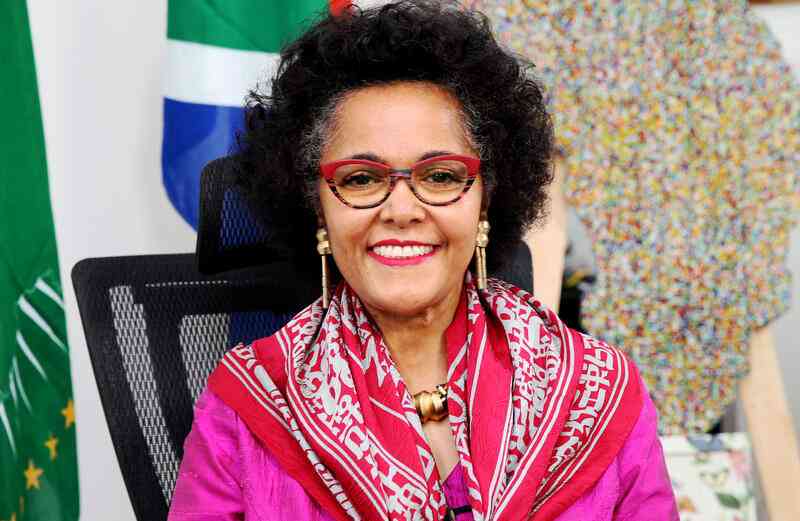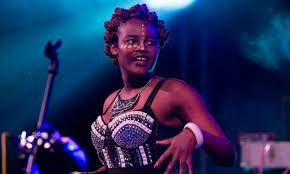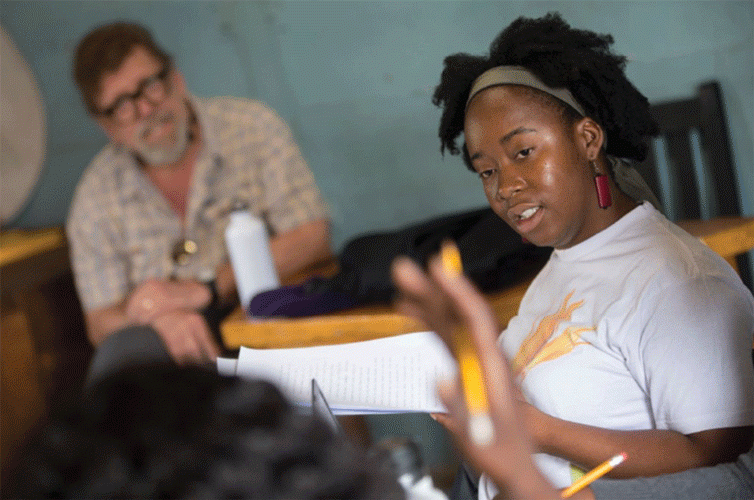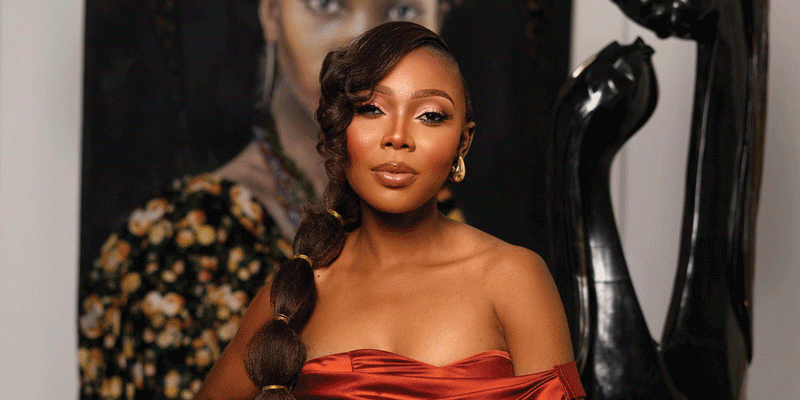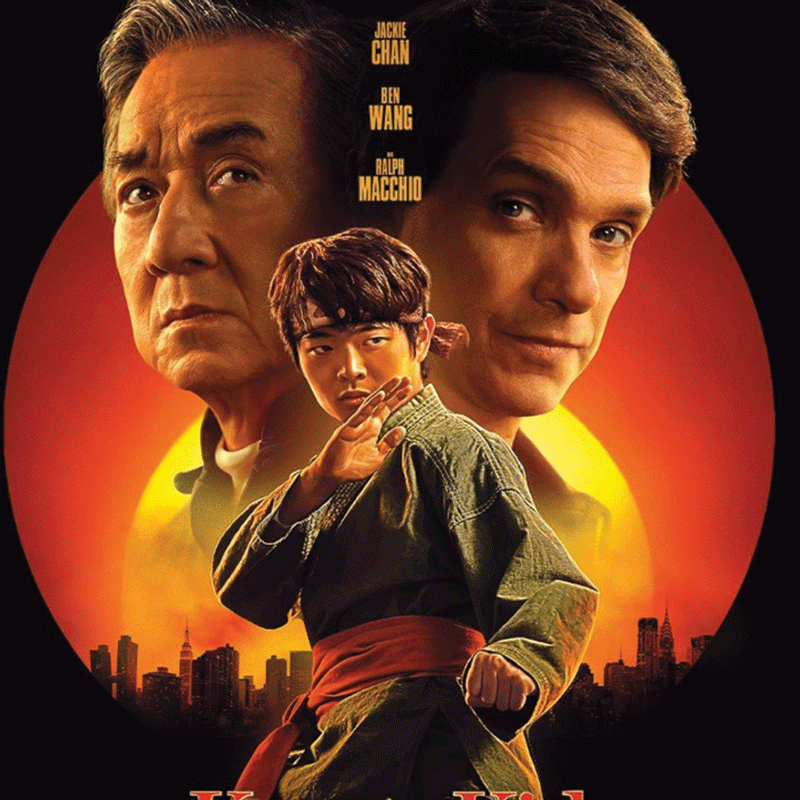
HYPERREALISTIC art is one in which an artist reproduces what is being visualised through an almost similar image of the original.
For the hyper reality artists, the art form is therapeutic.
It takes people’s capabilities and perceptions of reality in culture and media to a new level.
For Pinos Magura, a people’s understanding of reality and a world of make-believe is distinguished through his hyperrealism art.
Artists like Christwish Mulunga, Keith Zenda, Stephen Pindura and Magura himself are some of the many hyperrealistic artists whose works have been documented in Zimbabwe.
Hyperrealism, through its meticulous emphasis, distinguishes an above-standard focus on small details and employs photographic methods to achieve its realistic vision.
The National Arts Gallery of Zimbabwe has four repositories around the nation and that is in Mutare, Harare, Bulawayo and Victoria Falls.
The four galleries, including several other private galleries scattered all over the country, have been reliable collectors of the best drawings in Zimbabwe, which include Caricature Drawing, Cartoon Drawing, Figure Drawing, Line Drawing, Perspective Drawing, Photorealism, Scientific Illustration, Scratchboard Drawing, Sketch Drawing and Technical Drawing, just to mention the 10 types of known drawings.
- Zanu PF warns “sellout” farmers
- Councils now empowered to control kombis
- Zanu PF affiliate rallies civil servants to vote for ED
- Magura hyperrealistic on nature, human pictures
Keep Reading
Hyperrealistic drawing is one such talent Magura discovered in himself at the age of 20.
A pencil artist, who replicates images through charcoal pencil on larger pieces of paper, Magura indicated that he spends a lot of time shading and colouring values, tones, proportion details and themes in order to come up with beautiful pieces.
“As a young person practising hyperrealism art, I normally search for inspirational reference pictures like popular people and sometimes commissioned visual artworks. I’m also inspired by nature and wildlife and I love capturing the details very much,” he said.
“So I focus on each and every single pencil stroke to try and capture an essence in each proportion, value, tone and detail which form favourite parts to look at.
“I always work alone with my favourite podcasts playing to chill me up . . . I have many tools to produce a piece. My drawings unveil the greatness of God through the beauty of human faces and the wonderful nature that people should conserve for future generations.”
When on his camera, Magura experiments with several shooting angles and he stays in isolation to reproduce striking images.
“You see this image, it is a head shot and I was trying to bring about all the smoothness and shades perfectly through my pencil art,” he said.
“I like hyperrealism because it sharpens my creative abilities while it helps me to understand the relationships between humanity and the societies in which they live.”
Historians argue that there is no objective history and in effect, Western Classical Art documented history has made us believe that Gustave Courbet and Jean-François Millet were some of the French realistic artists who were influenced the hyperrealistic art we have today.

